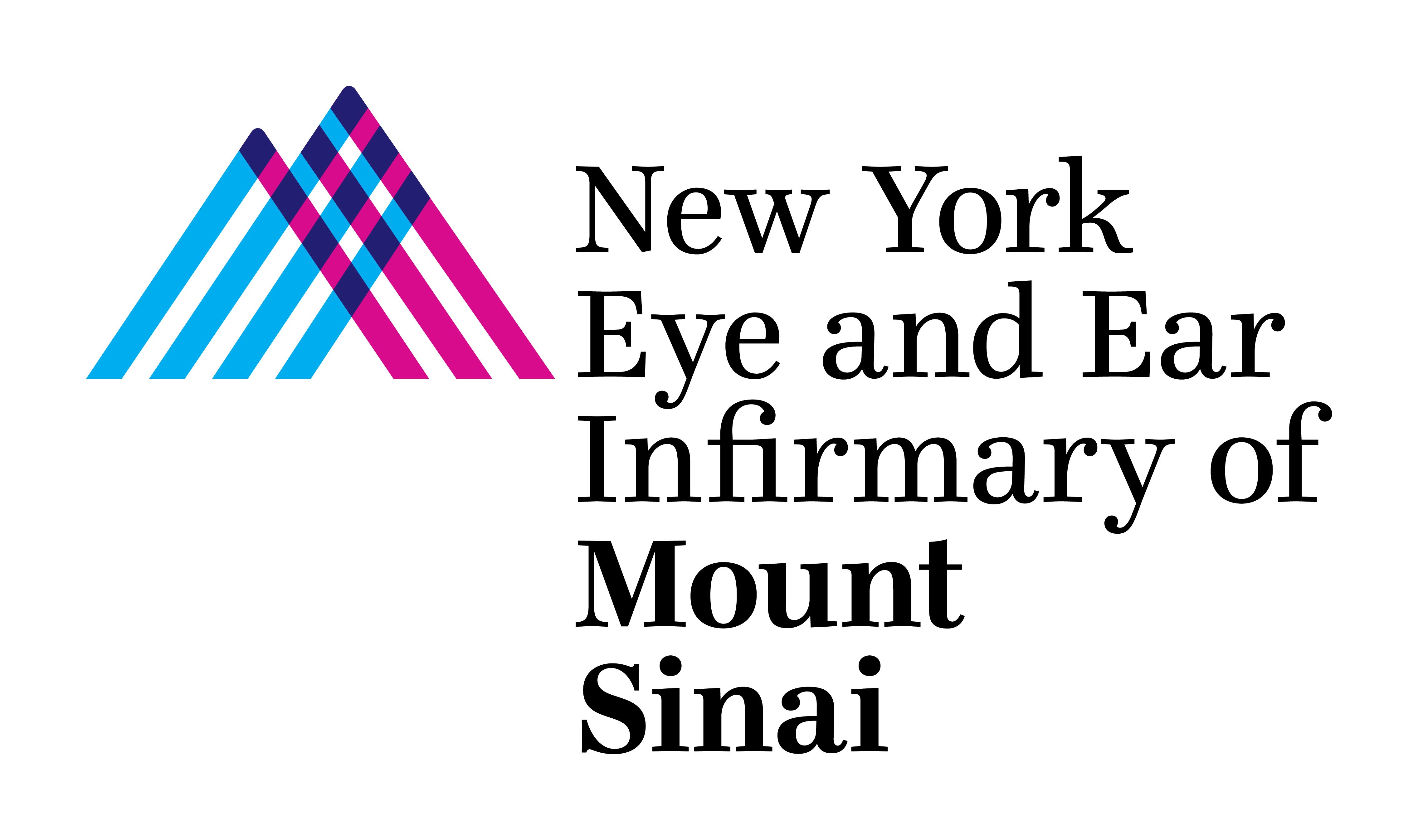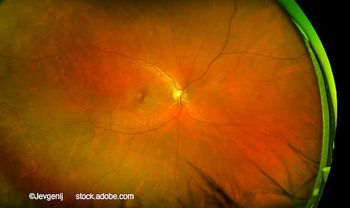
- Ophthalmology Times: February 2023
- Volume 48
- Issue 2
Preoperative OSD: Targeted, efficient screening and therapies for busy practices

Key Takeaways
- A high prevalence of ocular surface disease exists among cataract patients, impacting surgical outcomes and patient satisfaction.
- Systematic screening for OSD includes evaluating tear osmolarity, fluctuating vision, and conducting detailed slit lamp exams.
Outcomes achieved with information, osmolarity testing, proven treatments
Special to Ophthalmology Times®
Modern cataract surgery, with increased expectations across the board, mandates paying attention to the ocular surface. Recent studies have shown that most patients in the cataract surgery waiting room have some form of ocular surface disease (OSD).
In one key study, more than half of patients with cataracts (56.7%) had abnormal tear film osmolarity and nearly 40% had corneal staining.1 Approximately 54.0% had dry eye symptoms, but a high percentage of asymptomatic patients had a positive osmolarity objective test.1 Another large study showed 55.7% of patients with cataracts had Demodex blepharitis, which can cause or exacerbate OSD.2
To set ourselves up for successful surgical outcomes, we must screen for OSD and pause to prime and optimize the ocular surface. If we don’t, we won’t get preoperative measurements that we can trust—certainly not the precise keratometry/biometry required for modern-day monofocal and advanced IOLs, where being off by just –0.25 or –0.50 D can have an impact. If a patient has OSD before surgery, they will still have it postoperatively, resulting in a dissatisfied patient who blames the surgeon for their uncomfortable “new” OSD. Consequently, this will lead to fluctuating vision, negating all the work you did so well intraoperatively.
In my practice, we have an efficient system in place to manage the OSD risk up front, ensuring great outcomes no matter what the lens (modern-day monofocals or advanced technology IOLs), and we see fewer OSD complaints coming back to haunt us months later. My best tips are to look for fluctuating vision, test objectively, and keep a few effective tools at your disposal to treat OSD.
Efficient OSD screening for patients with cataracts
As surgeons, we want to spend our time on surgery, and the best way to get there quickly is to screen very systematically. For accuracy and efficiency, I focus on 3 areas:
- Tear osmolarity. Osmolarity is the level of salt in tears. High salt content indicates low aqueous production and/ or high evaporation. In a busy practice environment, tear osmolarity (ScoutPro Osmolarity; Trukera Medical) is quick, objective, and accurate. It also gives us a number we can track throughout OSD treatment and after surgery.
- Fluctuating vision. The biggest OSD complaint I see among patients with cataracts is fluctuating vision, which they blame on cataracts. In a quick questionnaire, we ask whether the patient’s vision is worse at certain times of the day or during certain activities and whether they can temporarily improve their vision by blinking. If they answer yes, I explain that cataracts cause blurry vision, but their fluctuating vision is likely OSD. Surgery will take care of the blurry vision, but we must address the fluctuating vision now.
- General and slit lamp exam checklist. During my exam, I look at the patient’s facial emotional state (happy or unhappy), lid position, closure and blink rate, as well as signs of rosacea on the face and eyelids, which is associated with OSD. Under the slit lamp, I look closely for lid malpositioning (entropion or ectropion), obvious blepharitis, meibomian gland dysfunction, gland obstruction, and Demodex (collarettes). I also do fluorescein staining of the cornea and ocular surface to look for any patterns, assess the tear lake, and check the tear breakup time.
Pausing for preoperative treatment of OSD
I typically delay surgery 4 to 8 weeks for individualized OSD treatment. In mild cases, treatment can be as easy as a warm compress (Bruder Moist Heat Eye Compress) and a good artificial tear. Patients with obstructed meibomian glands certainly benefit from a lid warming and clearing procedure to alleviate the blockage (TearCare; Sight Sciences, Inc), and patients with significant inflammation benefit from a 2- to 4-week course of an anti-inflammatory steroid.
I also use punctal plugs after restoring the ocular surface, and I prescribe a topical immunomodulator such as cyclosporine (Cequa, Sun Pharmaceutical Industries Limited; Restasis, Allergan) or lifitegrast (Xiidra; Novartis). My staff and I explain how environmental and behavioral modifications can help; for example, blinking more and taking breaks while using screens, staying hydrated, and avoiding direct exposure to blowing fans or vents.
I follow-up with severe cases in 4 to 6 weeks, and mild cases in 2 to 4 weeks. I’m looking for improvement in all the parameters we considered earlier, including objective tear osmolarity numbers. Once I’m confident the ocular surface is primed for surgery, we’re ready to proceed with the IOL measurements and successful surgery.
CASE STUDY: Health challenges and severe OSD
A 67-year-old patient was referred for cataract surgery. She had previously been diagnosed with thyroid eye disease, but she did not know that her smoking and poor nutrition were exacerbating it. She complained of blurry vision, and our technicians determined she had fluctuating vision in addition to cataracts. Her osmolarity scores were 320 and 326 (homeostatic range is 275-307). The slit lamp exam revealed blepharitis, keratoconjunctivitis sicca, and staining throughout the cornea due to exposure caused by thyroid eye disease.
The patient needed us to improve the ocular surface for better measurements before cataract surgery and more stable vision postoperatively. We educated her about behavior and lifestyle modifications, including reducing smoking and secondhand smoke, blinking more, staying hydrated, and improving her thyroid function. Treatment included a good artificial tear, warm compresses, cyclosporine, punctal plugs, and a 4-week course of loteprednol. She turned down lid warming and debridement, but she indicated she would be open to having it later if her symptoms worsened.
At 6 weeks, the patient looked at least 60% better. Her blurry vision was stable (not fluctuating) and her staining was better, with trace superficial punctate keratitis. Her tear osmolarity was down to 308 and 306. She underwent mini-monovision cataract surgery with limbal relaxing incisions and did very well in both eyes. She maintained the punctal plugs and continued her tears, compresses, and cyclosporine. She applauded us for not rushing surgery and for taking care of OSD to achieve the best outcome. This patient also referred her 2 sisters and her neighbor, resulting in new patients and 2 new cataract cases.
You've got this
The best way to grow your practice is to always do the best for your patients. For cataract surgeons, that can mean delaying cataract surgery and offering OSD treatment before the surgery. It is easy to make the process effective and efficient. You don’t need anything new. Your staff is there to help you screen for OSD. To save time, you can talk to your referring ODs about treating OSD before referring patients for surgery. In the end, this model enables us to take a cutting-edge approach medically and surgically to get the best results. Stable 20/20 vision is not only excellent vision but also a stable ocular surface.
Jai G. Parekh, MD, MBA, FAAO
P: 973-785-2050
Parekh is CEO and cofounder of EyeCare Consultants of NJ in Woodland Park, founder of the Center for Ocular Surface Excellence of New Jersey, and clinical associate professor of ophthalmology at the New York Eye and Ear Infirmary of Mount Sinai in New York, New York. He is also the chief of anterior segment ophthalmology and head of the Research Institute at St Joseph’s Health in New Jersey. Relevant disclosures/interest: Consultant: Allergan/AbbVie; Bausch + Lomb Corporation; Sun Pharmaceutical Industries Limited; Tarsus Pharmaceuticals, Inc; Trukera Medical; Sight Sciences, Inc; and Novartis.
--
References
Gupta PK, Drinkwater OJ, VanDusen KW, Brissette AR, Starr CE. Prevalence of ocular surface dysfunction in patients presenting for cataract surgery evaluation. J Cataract Refract Surg. 2018;44(9):1090- 1096. doi:10.1016/j.jcrs.2018.06.026
Trattler W, Karpecki P, Rapoport Y, et al. The prevalence of Demodex blepharitis in US eye care clinic patients as determined by collarettes: a pathognomonic sign. Clin Ophthalmol. 2022;16:1153-1164. doi:10.2147/OPTH.S354692
Articles in this issue
over 2 years ago
Restoring vision through RGC repopulation—what needs to happen?over 2 years ago
Keratoconus and perfect vision: Is it possible?over 2 years ago
Customizing patients’ vision with violet light filtrationover 2 years ago
Pigmented lesions on ocular surface require various approachesover 2 years ago
Bascom Palmer Eye Institute touts its master’s programNewsletter
Don’t miss out—get Ophthalmology Times updates on the latest clinical advancements and expert interviews, straight to your inbox.



















































.png)


